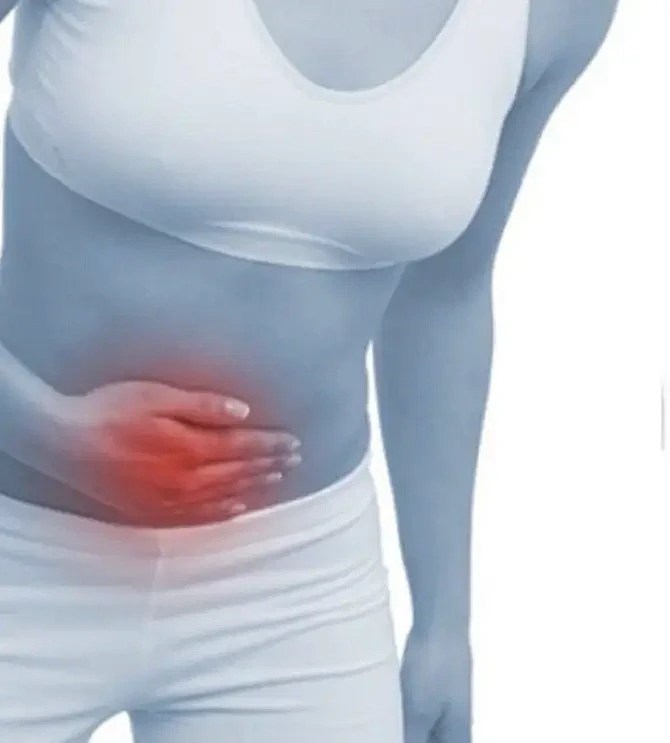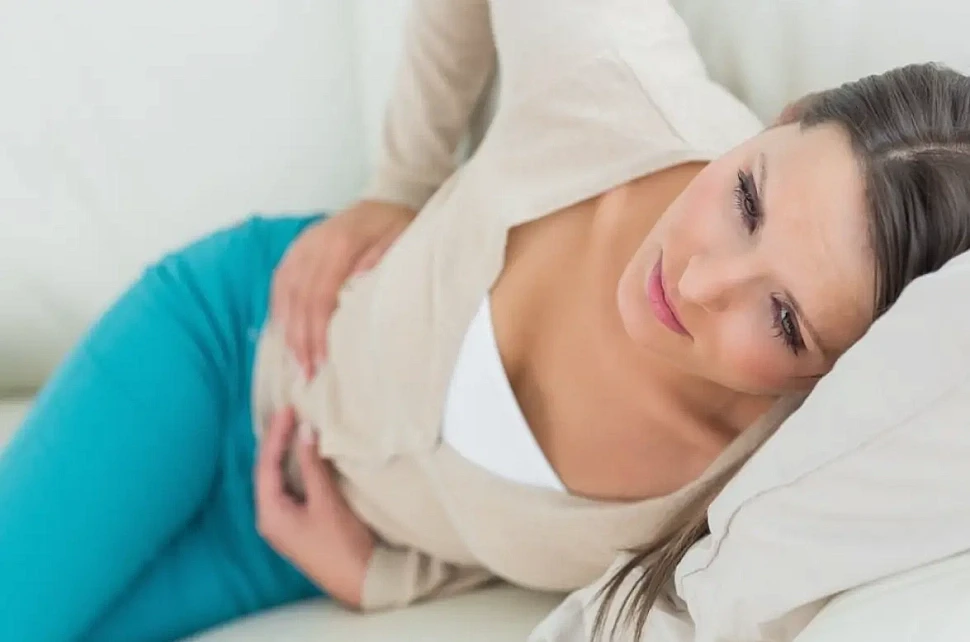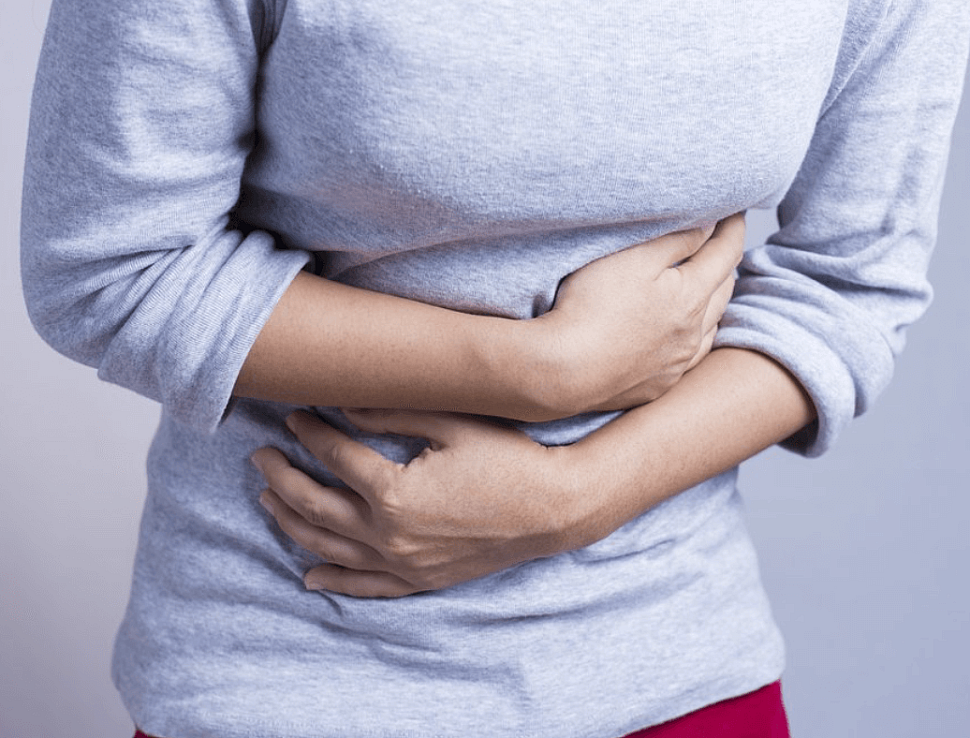Is it possible to prevent pancreatitis?

Acute inflammation of the pancreas is called pancreatitis. This is a life-threatening condition. You can confuse the disease with poisoning (food), since their symptoms are almost the same.
Signs of pancreatitis
Often, acute pancreatitis manifests after festivities, such as the New Year, which is celebrated with a large feast. Emergency doctors even came up with the term "holiday pancreatitis." After all, it is often during celebrations that people consume alcoholic beverages with fatty foods. Alcohol and a fatty snack have a very negative effect on the pancreas.
Pancreatitis causes nausea, then vomiting, and abdominal pain. Pain may be of various types. It's not just classic shingles. It may occur in the right and left subcostal areas, passing by the sternum, under the scapula. The person has a fever. These are symptoms of pancreatitis onset.

How the Pancreas Functions
The pancreas is located in the area under the stomach. It produces digestive juices, which break down fats, proteins, and carbohydrates. By nature, pancreatic enzymes are only activated when they are already in the lumen of the intestine. I mean, the man ate the food. Food stimulates secretion of pancreas as well as secretion of pancreas. Food passes further, already partially processed by the stomach, and is found in the duodenum with pancreatic enzymes, as well as with bile, which is also involved in digestion. Thus, the juice of the pancreas digests everything that has not been digested in the stomach.
Causes of Pancreatitis
The first reason. Alcohol and a greasy snack.
Very often, when celebrating an event, people take alcoholic beverages by eating something fatty. This all, getting into the stomach, very stimulates the production of pancreatic juice. Fat food has a massive release of pancreatic and gastric juice. Alcohol causes not only the same manifestations, but also bowel leakage and impaired pancreatic blood flow. The result is an abundance of juices, including the pancreas. Because there are so many enzymes that they simply cannot go anywhere, the juice of the pancreas becomes thicker and it is difficult for it to stand out because of swelling of the intestinal wall. The enzymes that are released by the pancreas are activated in the ducts, in the organ itself, and begin to destroy the organ that released them. The pancreas decomposes under the influence of its own enzymes and digestion. This is the very beginning of inflammation. I feel pain, nausea. And if you don't react immediately and correctly, the pancreatic tissue is destroyed. Enzymes released by the pancreas enter the blood and are carried around the body by the bloodstream. Severe poisoning and pain occur, leading to pancreatic necrosis, which can be fatal.
The second reason. Gallbladder stones.
If the stone is large, it is unlikely to cause an attack of pancreatitis. But if it's small, it can go down the biliary ducts, cause blockage of the ducts that carry pancreatic juice. As a result, the juice cannot be released into the lumen, and the pancreas begins to digest itself. To avoid this, it is recommended to undergo a preventive examination and do ultrasonography of internal organs. Ultrasonography is used to determine whether gallstones are present or not.
The third reason. Stress situations.
During stress, epinephrine is released en masse, which can interfere with the blood supply to various organs. Epinephrine causes vasospasm, muscle spasm, blood circulation is impaired, and conditions arise when the pancreas, again, can activate its own enzymes and begin to digest itself.
The fourth reason. Consumption of various products harmful to the body.
Previously, pancreatitis affected only adults, but recently, acute pancreatitis has begun to appear in children. Modern children, teenagers like to eat various breadcrumbs, chips, and they sometimes have so much substance that emit digestive juices, as there will be no in three plates of borscht, for example. And if a child has eaten chips or breadcrumbs after a busy lunch, then the digestive organs are overwoken and restimulated. All conditions are created for the development of pancreatitis.
Fifth reason. Irregular meals.
By arranging unloading days for the sake of slimness, eating limited or not eating at all, a person provokes the appearance of pancreatitis. The pancreas may overproduce digestive juices after prolonged starvation, and pancreatitis may develop. And if it happens regularly, it's a path to chronic inflammation.
When food enters the body irregularly, it is in a state of stress, as the person then eats food, then not. Thus, the pancreas saves energy until the next meal. If a person is overnourished, the pancreas secretes excessive amounts of juice, which contributes to inflammation. Surgeons say that pancreatitis is also a disease of students, who often eat at random, irregularly, and the quality of the products in their diet is not.

What distinguishes chronic pancreatitis from acute pancreatitis
If acute pancreatitis is able to restore organ function (unless, of course, there was pancreonecrosis), then the process is irreversible in chronic pancreatitis. Long-term chronic illness can also lead to diabetes. It is a condition when the body is deficient in insulin. The pancreas produces insulin. If the pancreas is soothing, immediate medical attention is recommended. At the initial stage it is possible to prevent the development of chronic and even acute pancreatitis.
If acute pancreatitis has occurred
To save life, you need to call an ambulance immediately, but while she is on the way, you need to try to correctly provide first aid. Three basic words should be remembered: hunger, cold, and peace.
You don't have to stop eating. Some people nausea, eating sour, drinking salty, or drinking something, and believing that their reflex will be interrupted. However, the stimulation of gastric and pancreatic juice production must be stopped abruptly and immediately.
Take a comfortable pose. The posture of the embryo (arms, legs are bent, the spine is slightly bent) for a person is the most physiological. Thus, the abdominal muscles, which create a certain pressure in the abdominal cavity, are not stressed.
